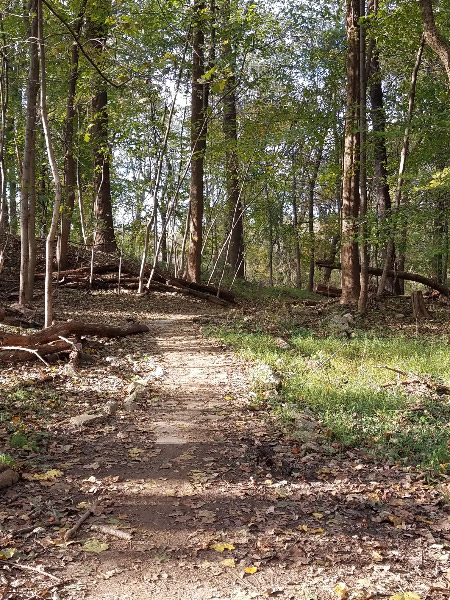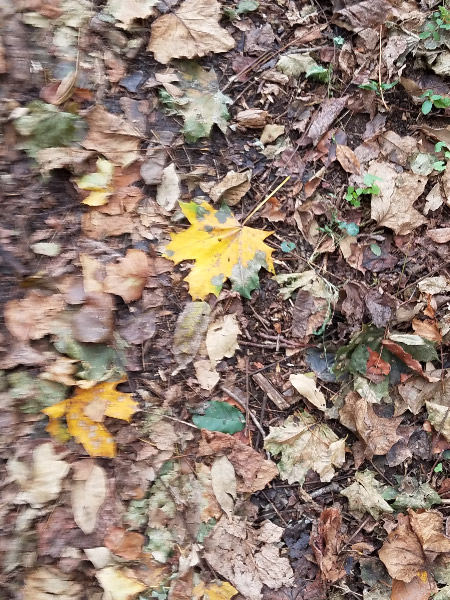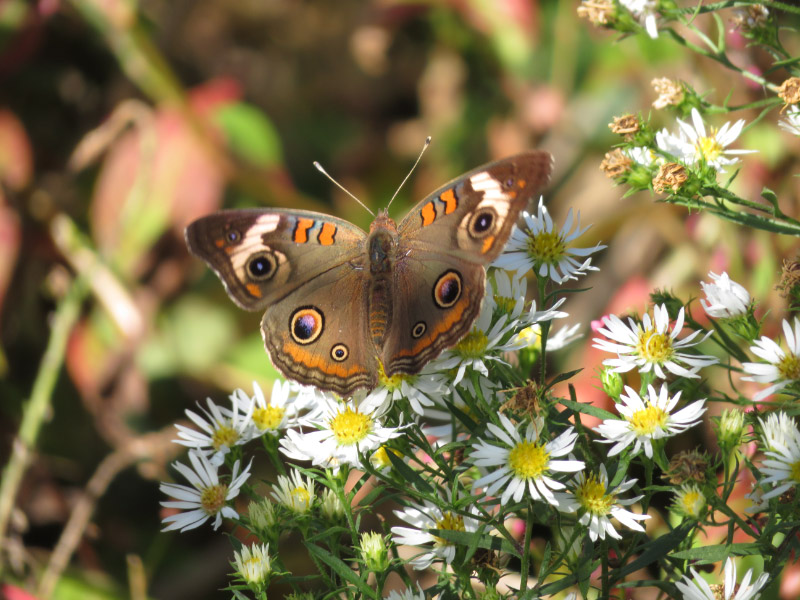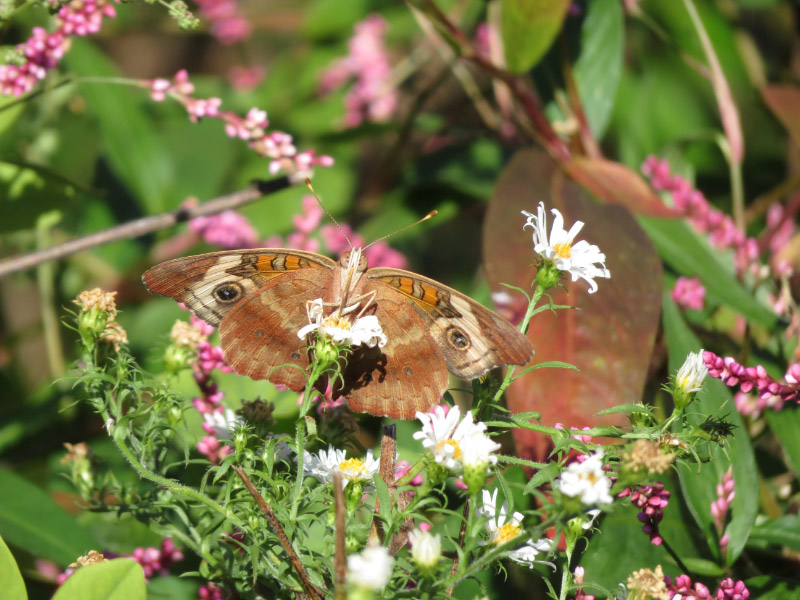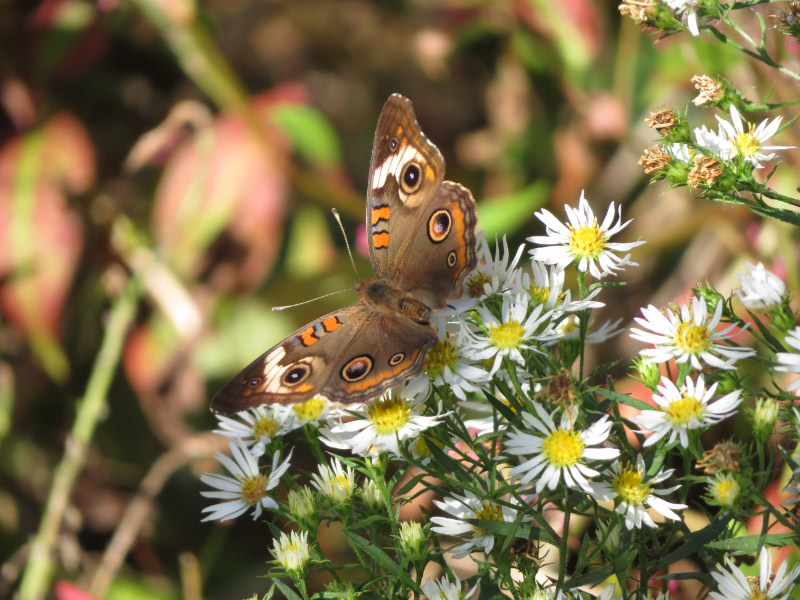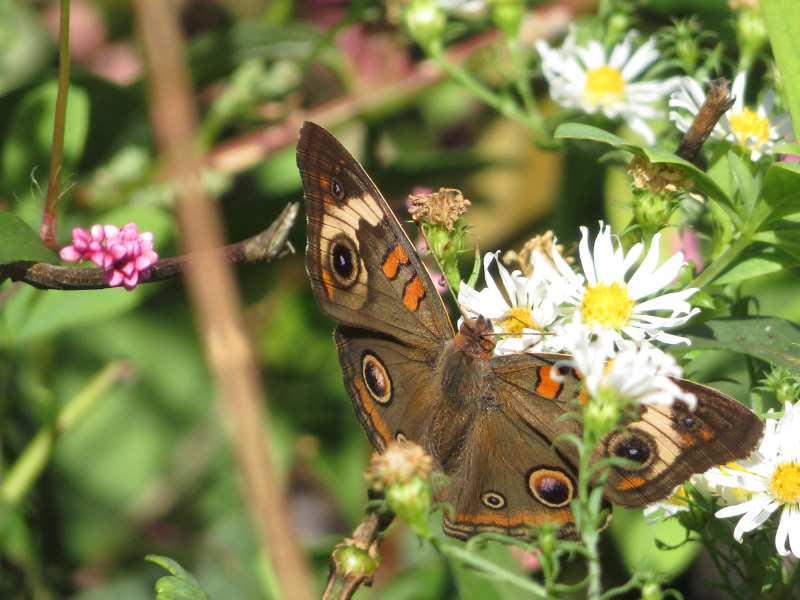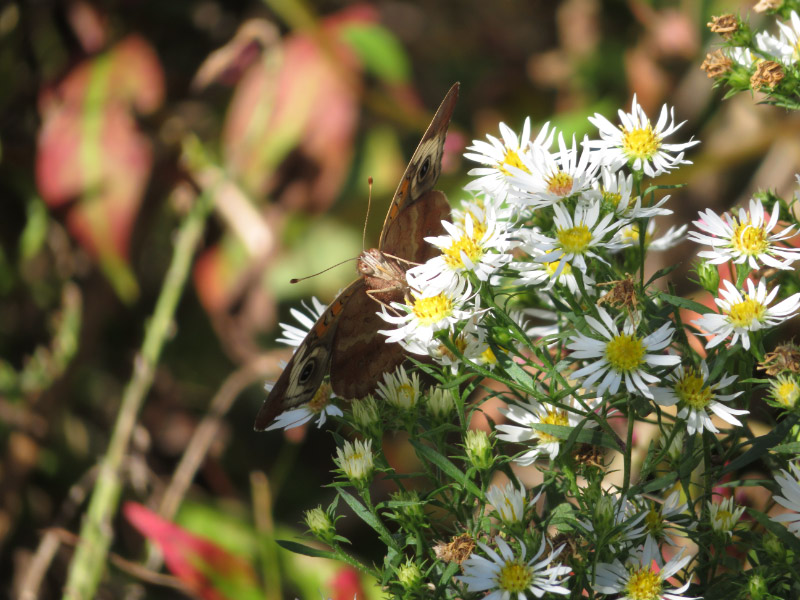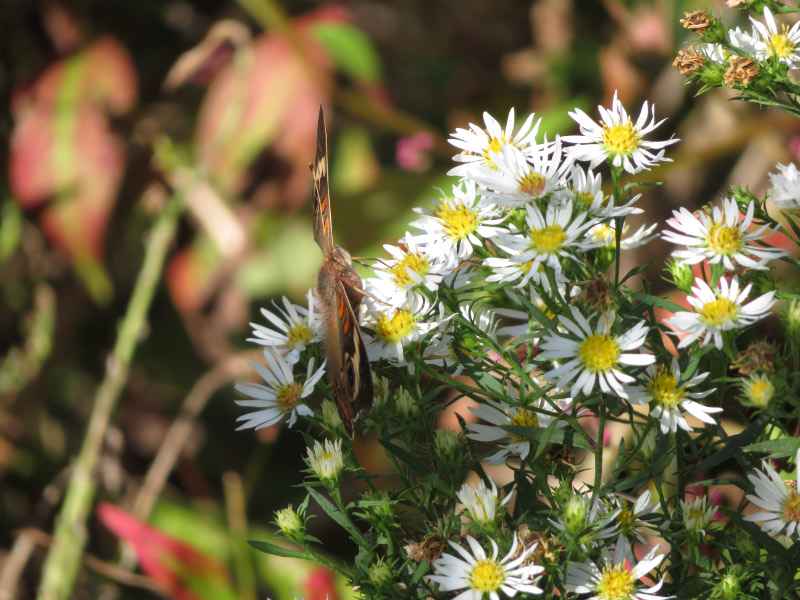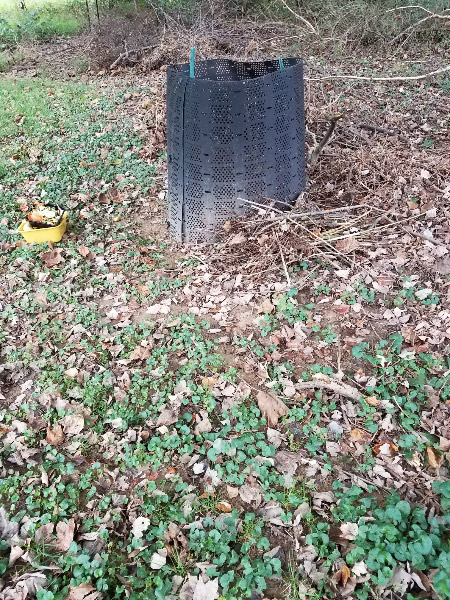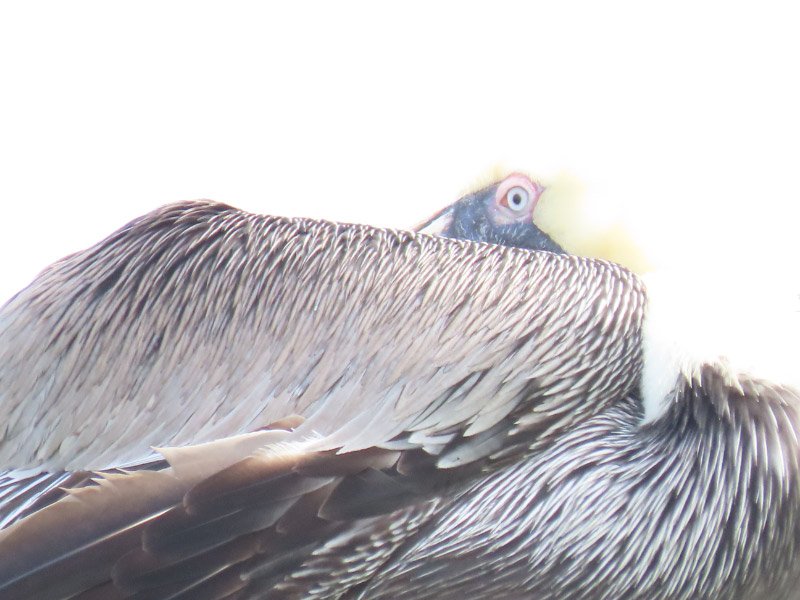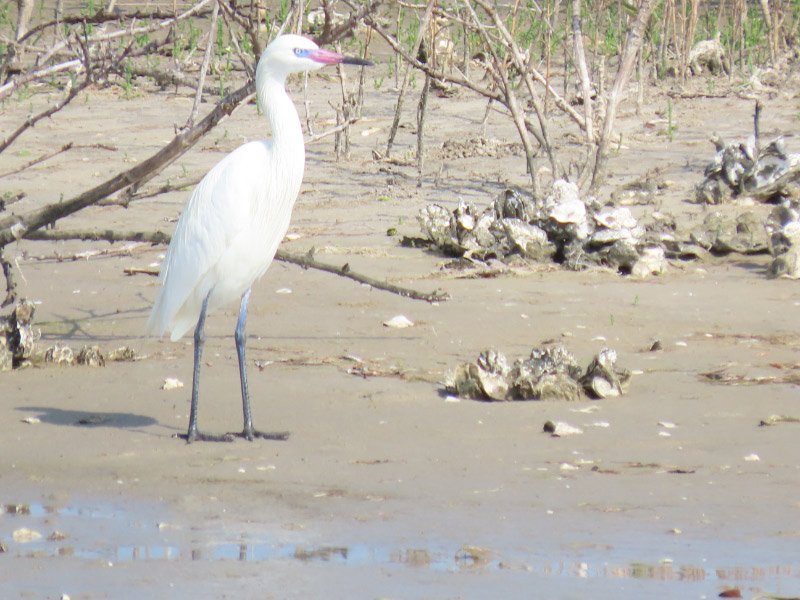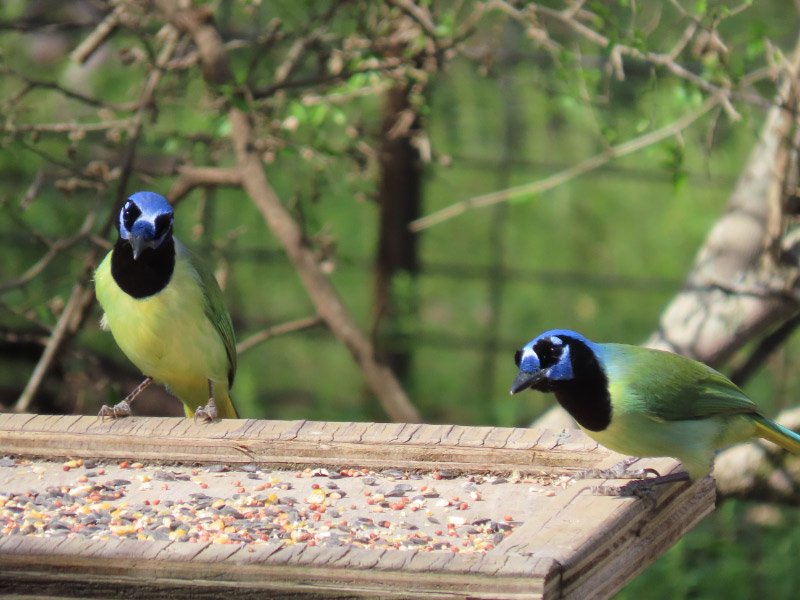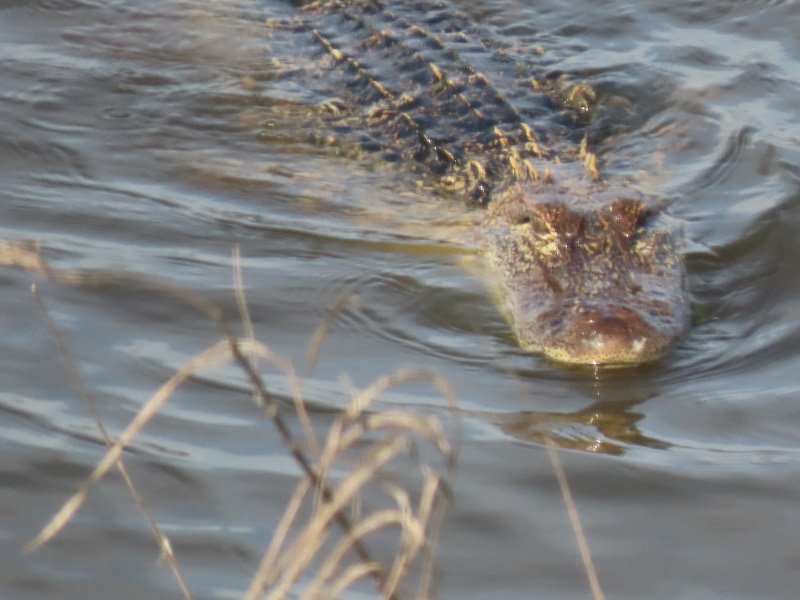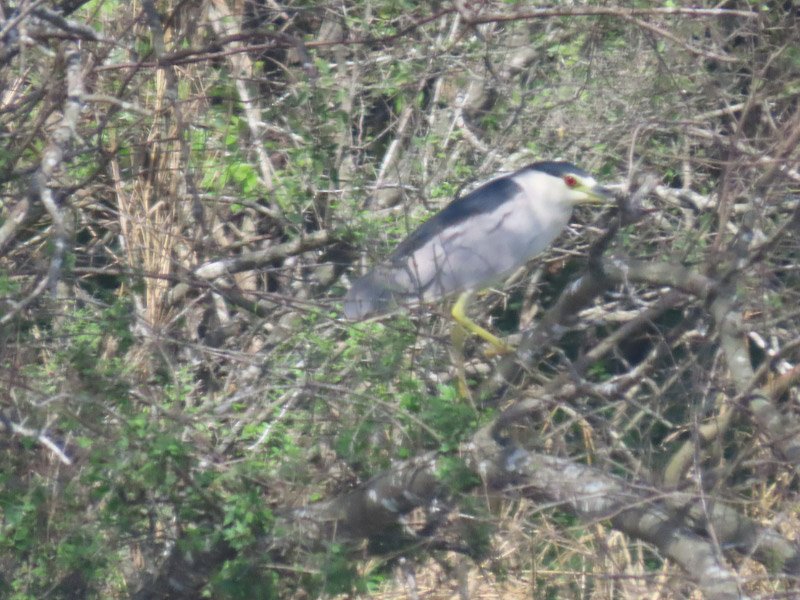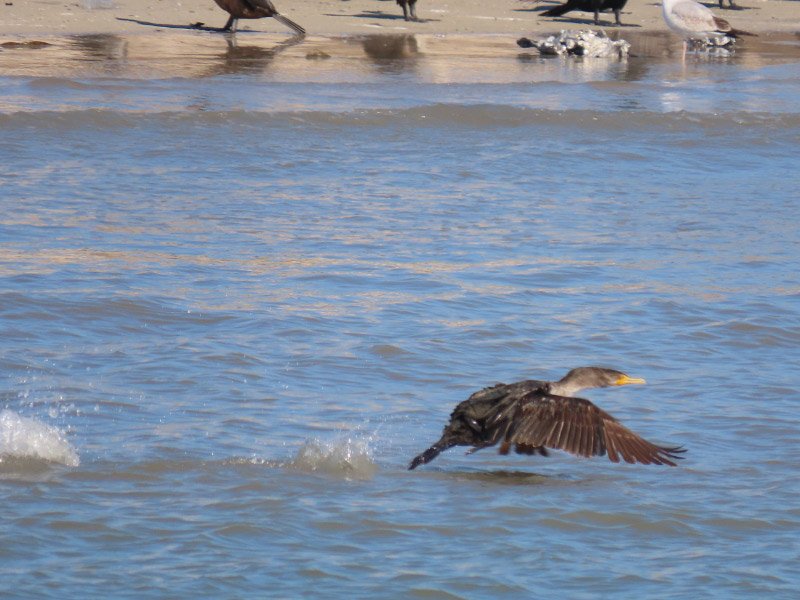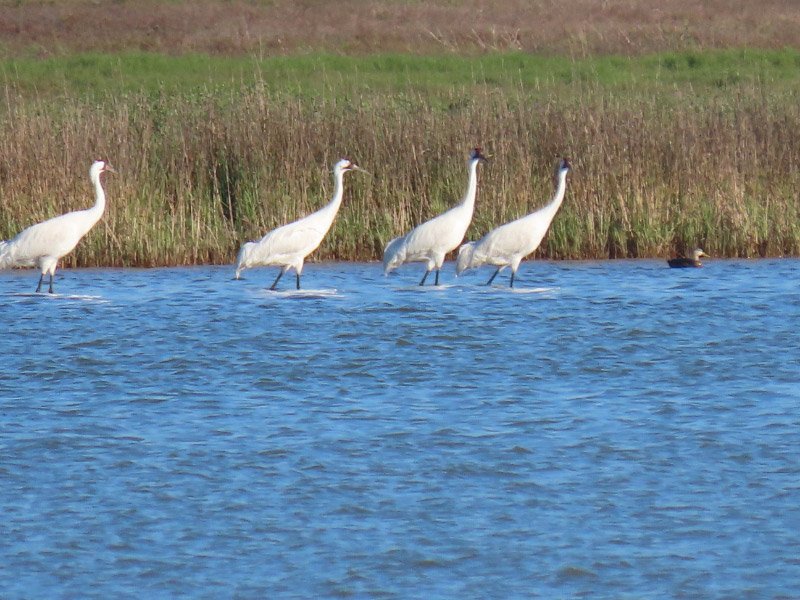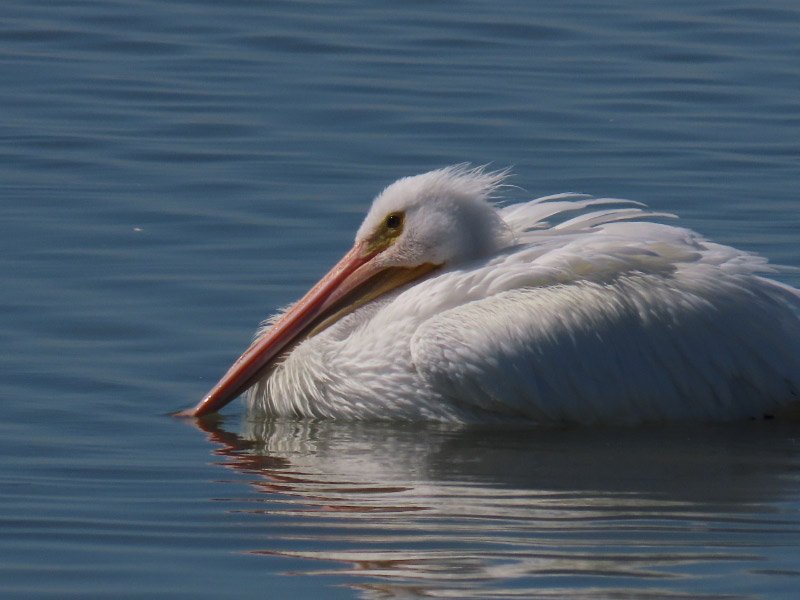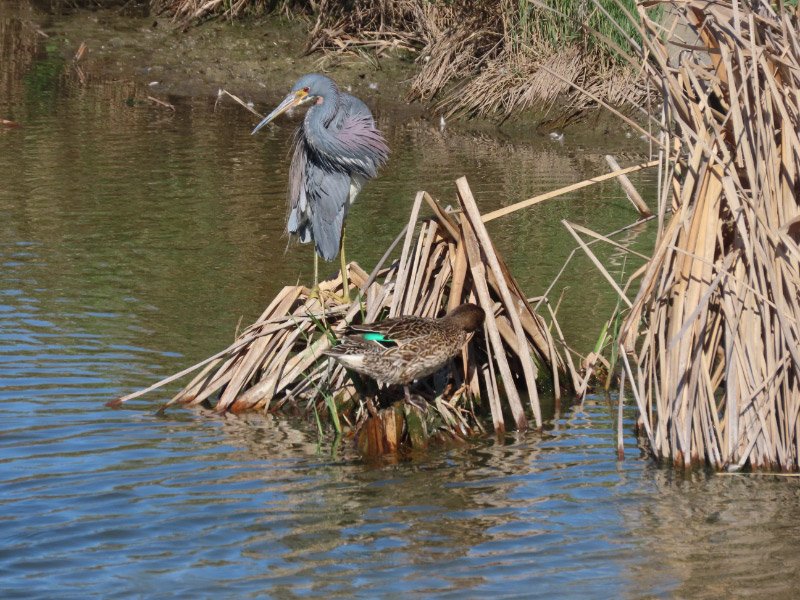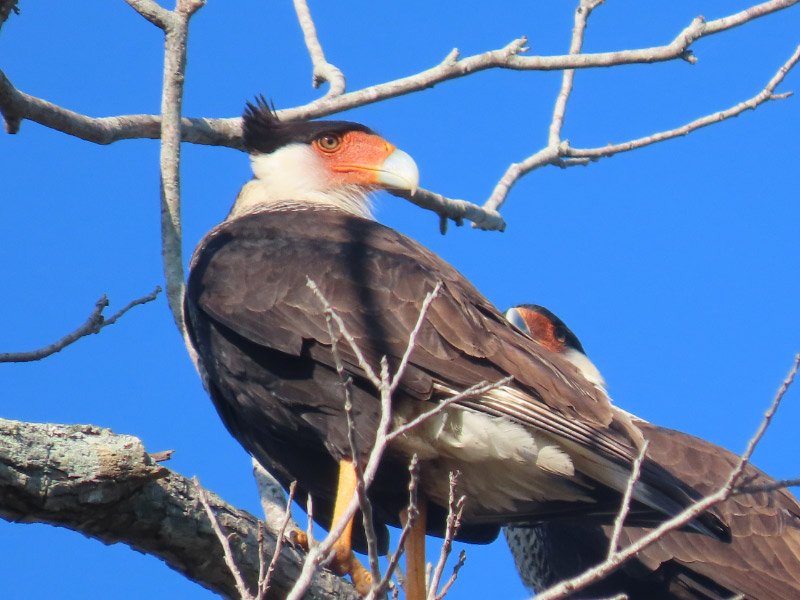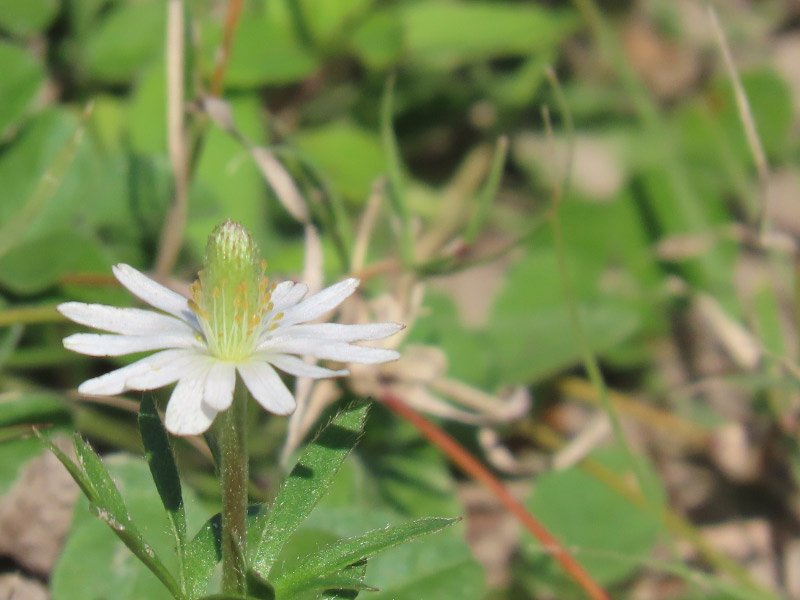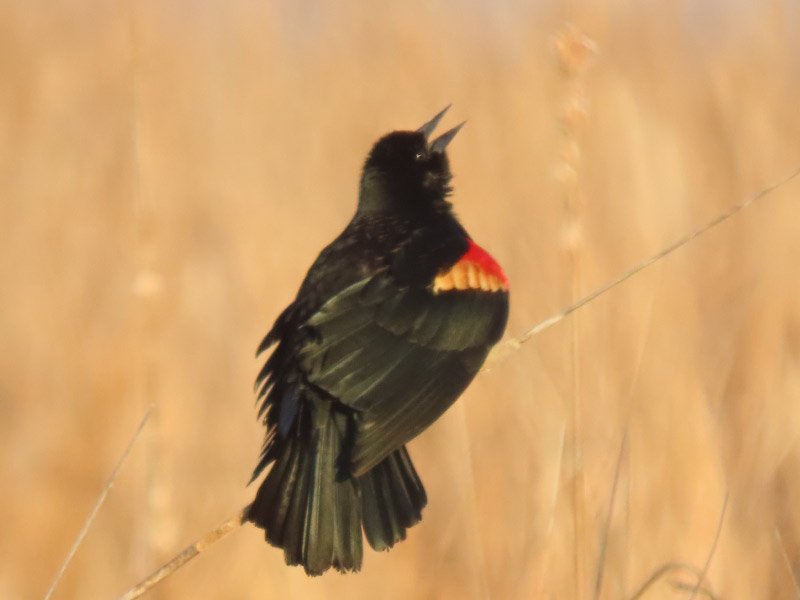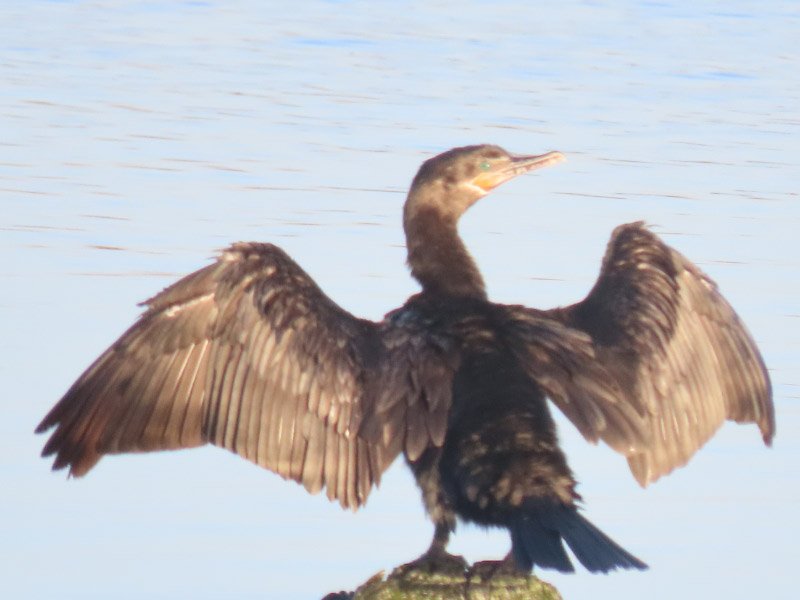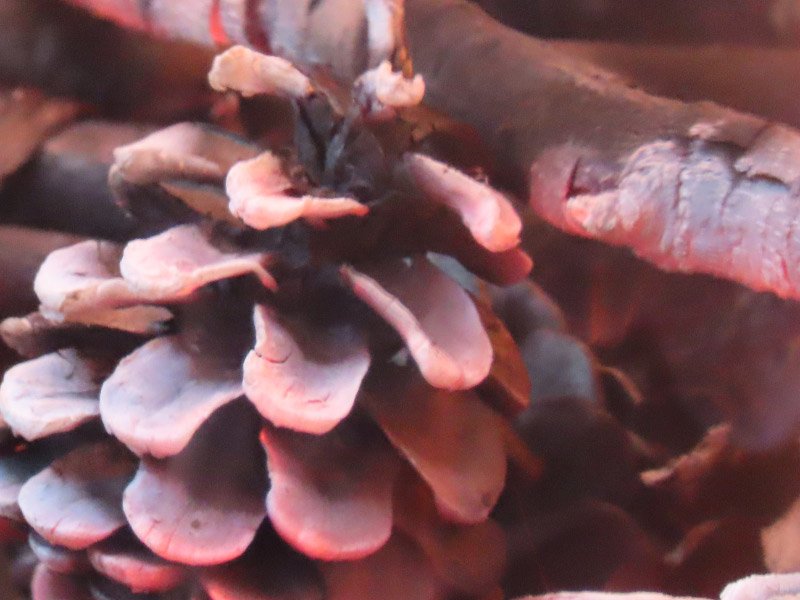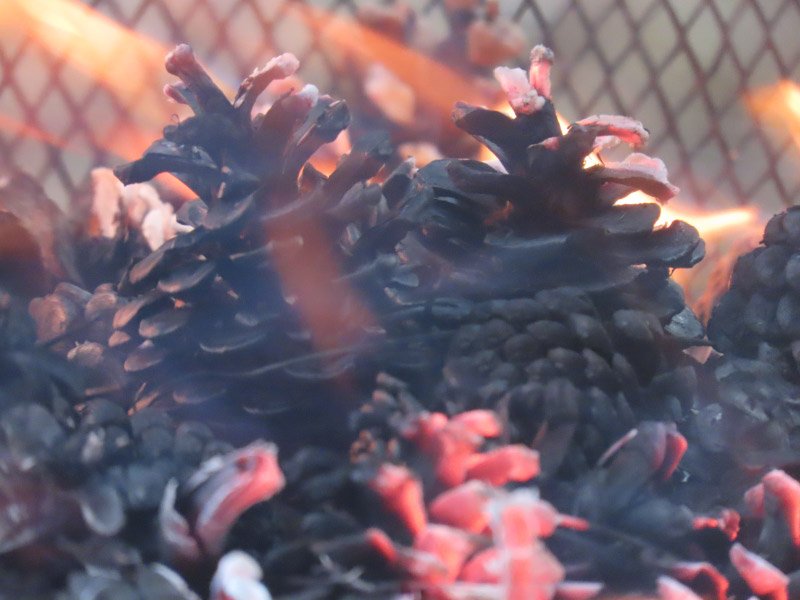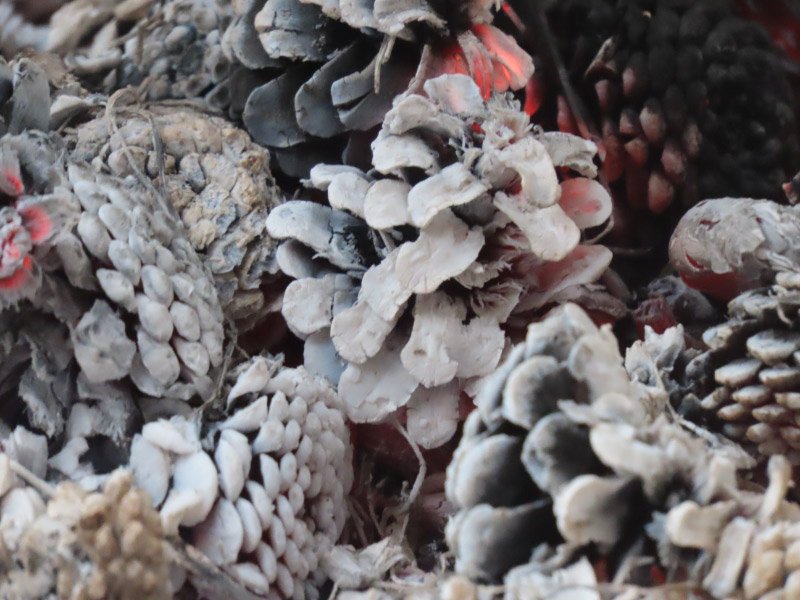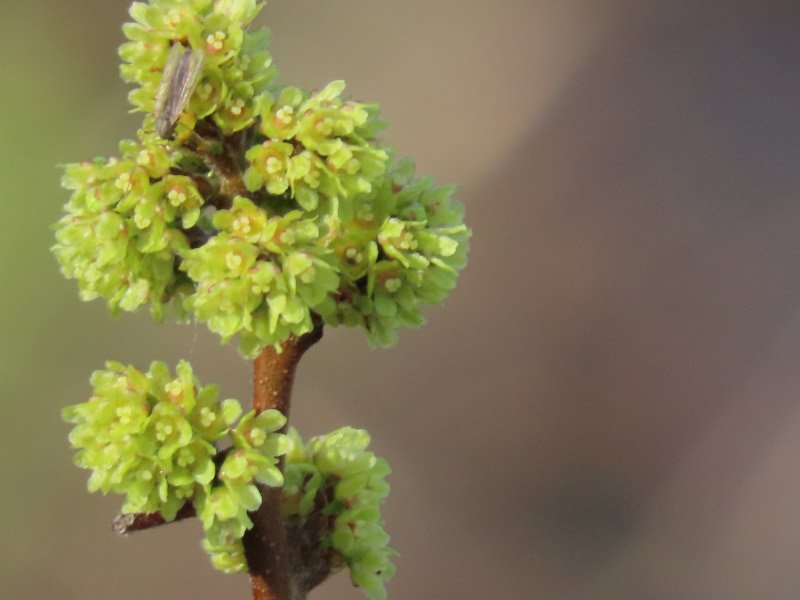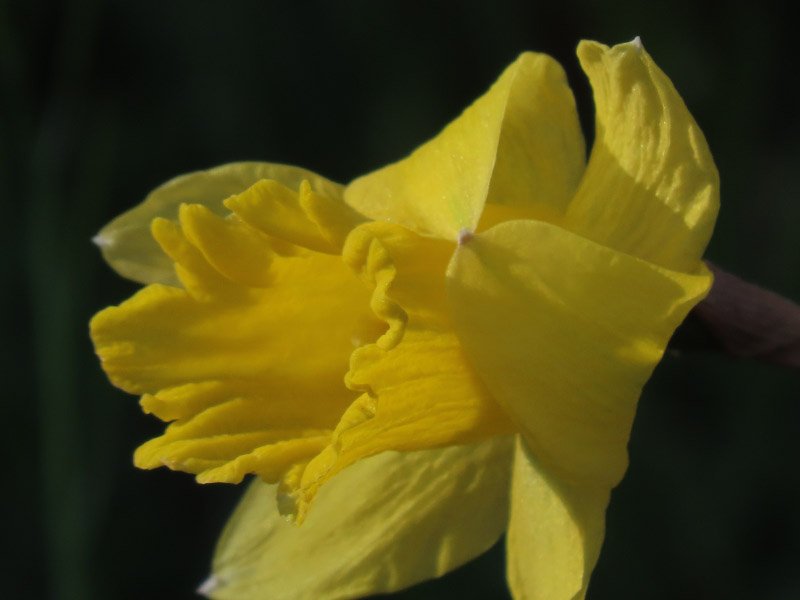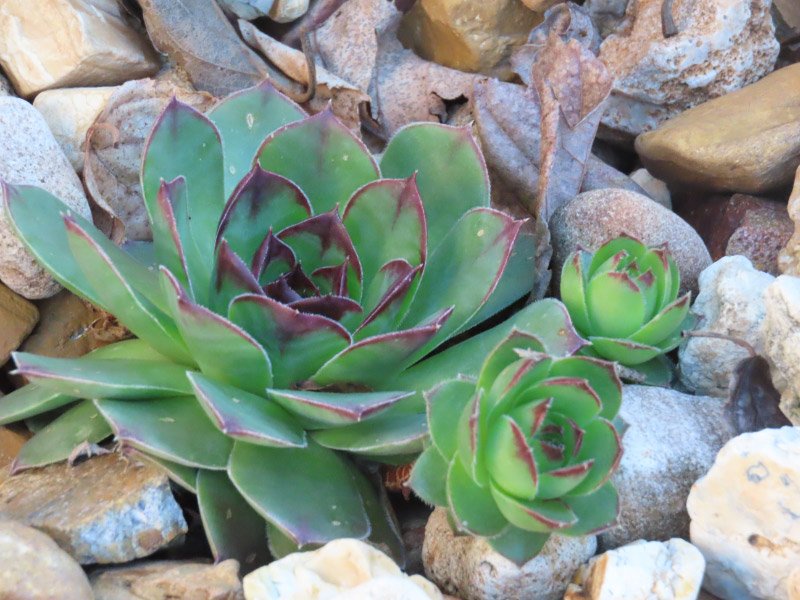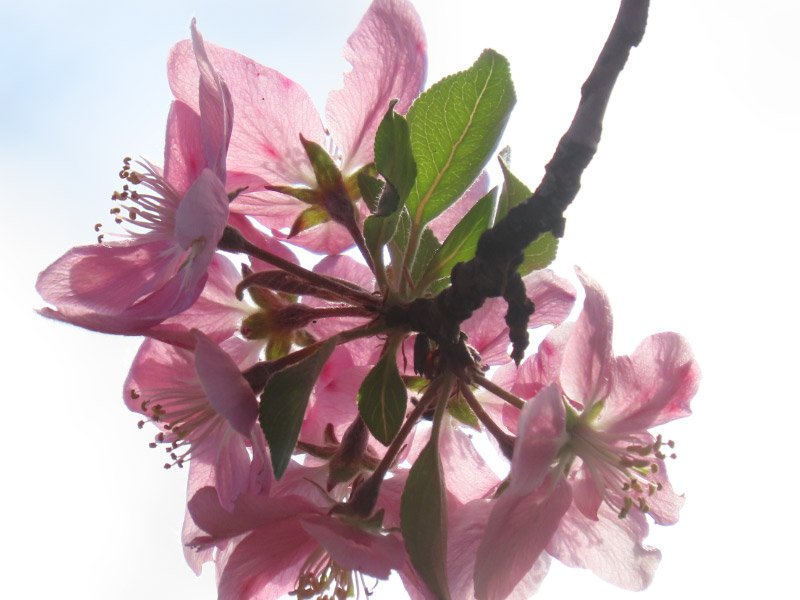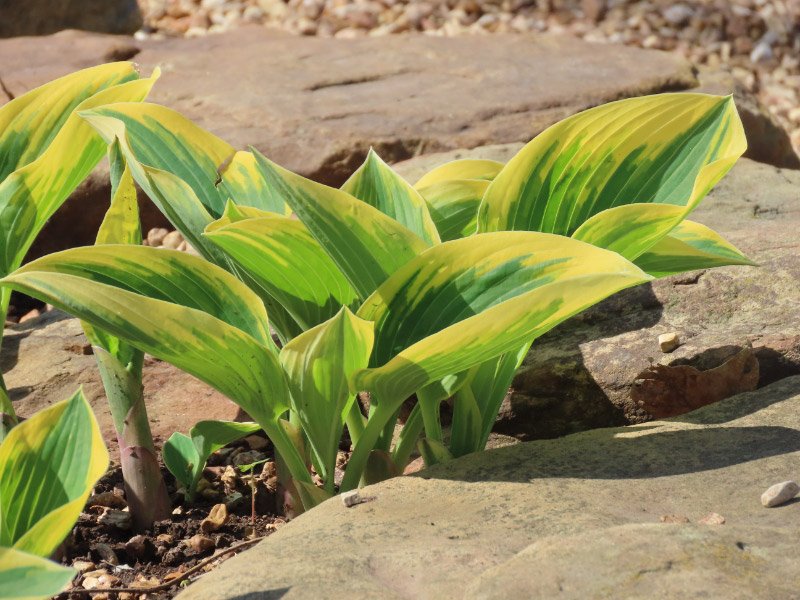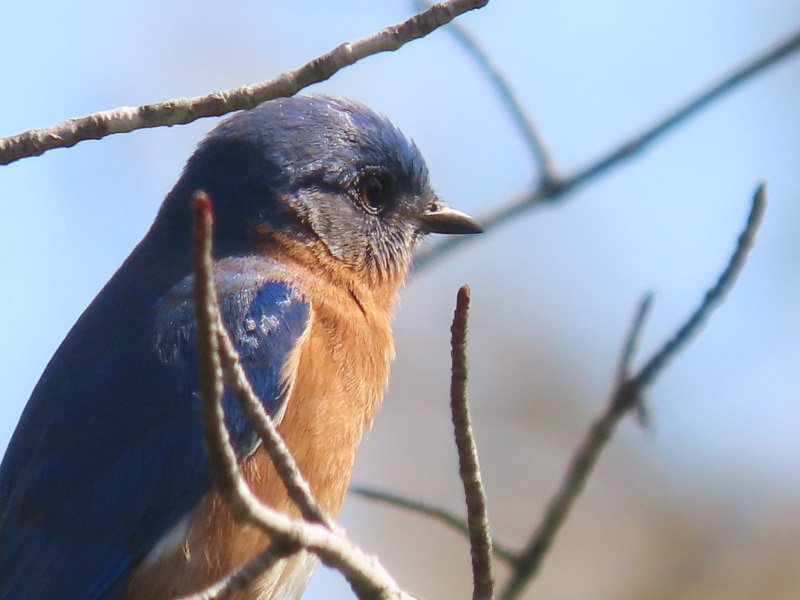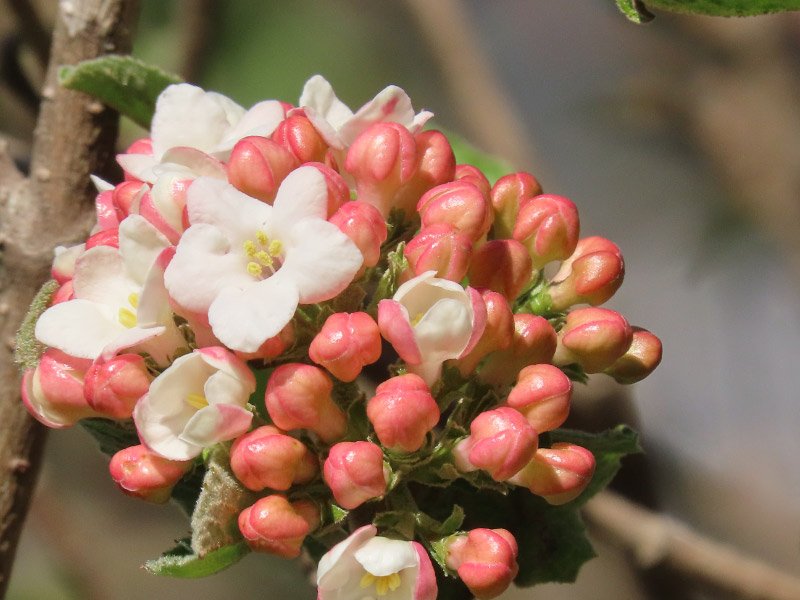Gleanings of the Week Ending December 22, 2018
/The items below were ‘the cream’ of the articles and websites I found this past week. Click on the light green text to look at the article.
2018 National Geographic Photo Contest | National Geographic – Galleries of great photography.
Maps Give Detailed Look at Dramatic Land Use Change Over Two Decades - Yale E360 – Land use changes…widespread environmental degradation…between 1992 and 2015.
Himera: One of the greatest archaeological discoveries of recent decades emerges from oblivion - The Archaeology News Network – More than 12,000 almost untouched burials – many from a battle fought between Greeks and Carthaginians in 480 BC. The Greeks were victorious in the first battle but the second battle in 409 BC was won by the Carthaginians and they razed the city.
We broke down what climate change will do, region by region | Grist – No part of the US will be unscathed.
Top 25 Wild Bird Photographs of the Week: Herons, Egrets and Bitterns – National Geographic Blog – Enjoy some bird pictures. Herons and egrets are my favorites to photograph.
How tree rings tell time and climate history | NOAA Climate.gov – A nice summary of tree ring dating…and an example using Mesa Verde.
Amazing Sands from Around the World – Cool Green Science – I’ve seen the Olivine Sand and Black Sand beaches in Hawai’i (on a very windy day….posted about it here). I’d like to see the star sand in Japan.
Grand Canyon National Park Celebrates Centennial Year at Grand Canyon and Around Arizona – 2019 is a milestone anniversary for the park; lots of events to celebrate this national treasure.
Only 12 percent of American adults are metabolically healthy, study finds: Trends help sound alarm for efforts to lower associated risk of types 2 diabetes, heart disease and other complications -- ScienceDaily – Not a good statistic since the long term risks of diabetes, cardiovascular disease and other serious health issues are higher for those that are not metabolically healthy.
Rethinking Raw Milk, 1918 | The Scientist Magazine® - Alice Evans and the path toward avoiding milk borne diseases. Her work was published in 1918. Draft ordinances for states and localities to implement pasteurization requirements for milk to be consumed by humans were written in 1924. The first federal pasteurization law was passed in 1947…saving lives and millions of dollars in public health costs.

